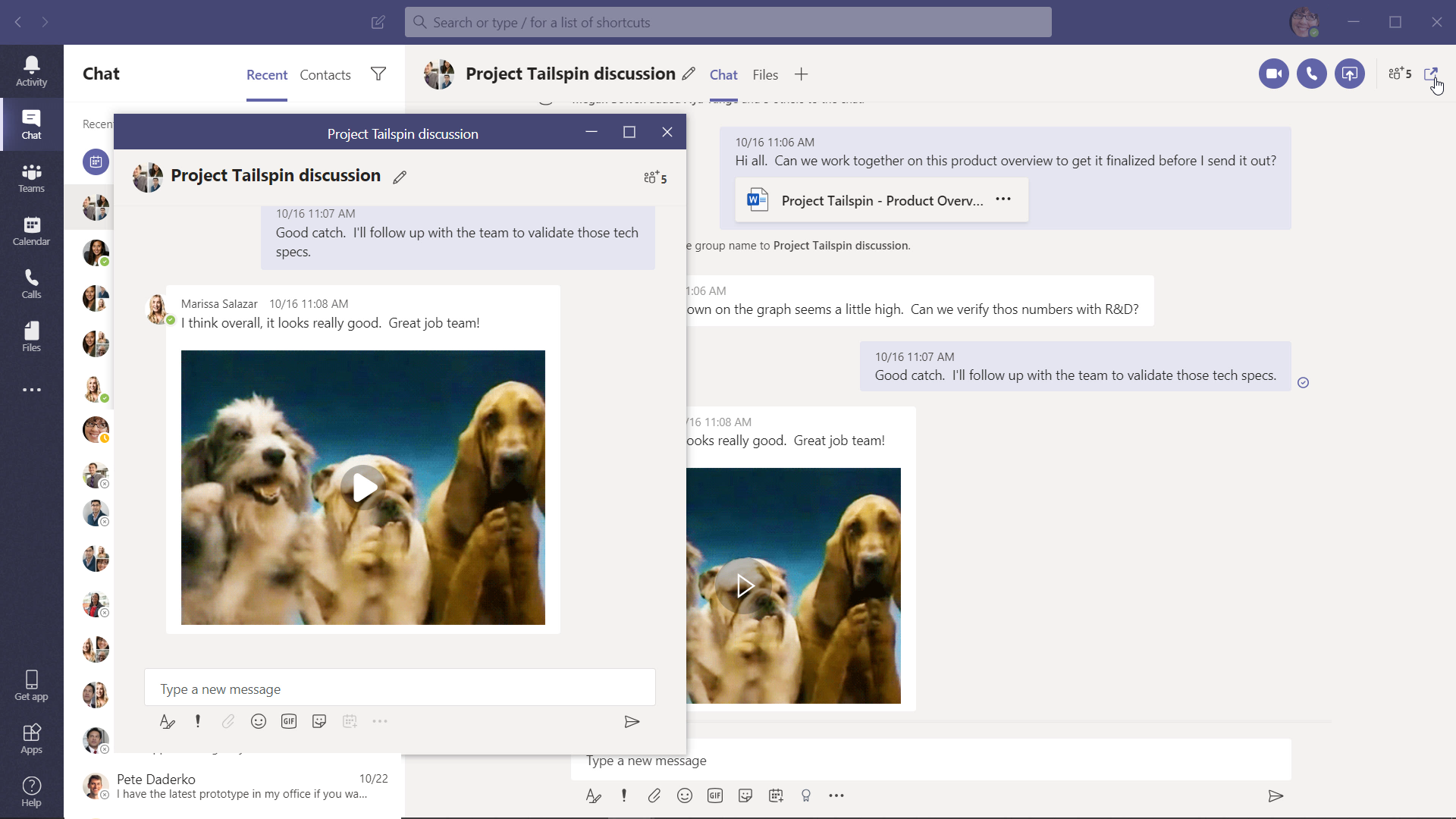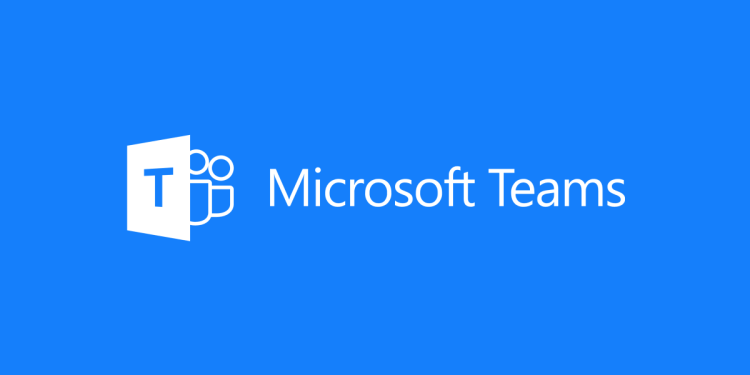Microsoft Teams, which launched worldwide in March 2017, passed 32 million daily active users (DAUs) this month. A week later, thanks in part to COVID-19, usage had spiked to 44 million DAUs. That’s up from 20 million daily active users in November, a 60-110% jump in just four months. Microsoft used the product’s three-year anniversary to share the new figures and announce new Teams features targeting “underserved professionals, including firstline and health care workers.”
Teams is the company’s Office 365 chat-based collaboration tool that competes with Slack (12 million DAUs as of October), Facebook’s Workplace (3 million paid users as of October), and Google’s Hangouts Chat (no user number shared). It’s also Microsoft’s fastest-growing business app ever. But the company has been criticized for how it calculates its DAU figure, so today it shared its methodology. “We define daily active usage as the maximum daily users performing an intentional action in a 24-hour period across the desktop client, mobile client, and web client. Intentional actions include sending or replying to a chat, joining a meeting, or opening a file in Teams. Passive actions like auto boot, minimizing a screen, or closing the app are not included.”
In an advanced press briefing, Microsoft originally shared the 32 million figure. We naturally asked how the COVID-19 pandemic might have impacted the number, given that companies are increasingly asking their employees to work from home and Microsoft Teams experienced an outage as a result of the increased usage. “Our customers have certainly turned to Teams during this challenging time, and we’ve seen usage spikes in markets most impacted by COVID-19,” Jared Spataro, Microsoft 365 corporate vice president, told VentureBeat. “We measured 32 million DAU on March 11, before we began to see the full impact that COVID-19 is having on usage.”
Late last night, Spataro sent over an update: “The last seven days, however, have shown the sheer unprecedented nature of the global demand we’re seeing now for solutions that enable remote work and learning across chat, video, and file collaboration, which Teams provides in a single platform. As previously shared, as of March 11, 2020 we counted 32 million daily users of Teams, which was mostly in line with our growth trajectory and projections. As of March 18, 2020, that number has grown by 12 million to 44 million daily users around the world.”
June 5th: The AI Audit in NYC
Join us next week in NYC to engage with top executive leaders, delving into strategies for auditing AI models to ensure fairness, optimal performance, and ethical compliance across diverse organizations. Secure your attendance for this exclusive invite-only event.
Put another way, COVID-19 added one Slack to Microsoft Teams’ DAUs in just a week.
Microsoft Teams new features
In addition to the new DAU figure, Microsoft revealed some new features coming to Teams “later this year.” None is available today — they’re merely being announced.
Real-time noise suppression is designed to minimize distracting background noise during a call. Microsoft gave three examples: someone typing on their keyboard while in a meeting (we’ve all been there), the rustling of a bag of chips, and a vacuum cleaner running in the background. The feature uses AI to remove the noise so you can hear what is being said on the call.
Teams is also getting a hand-raising feature, which is geared toward large meetings, where it’s sometimes more difficult for remote participants to chime in. Anyone in the meeting can click the “raise hand” icon to send a visual signal that they have something to say.
Offline and low-bandwidth support will do exactly what you’d expect. If you have a poor internet connection or none at all, you will still be able to read chat messages and write responses. Microsoft Teams will automatically send and retrieve messages on your behalf when it can.

Coming soon, Teams will let you pop chats out into a separate window. This should be useful for when you want to keep a specific conversation going but still keep working in Teams.
Features aside, Microsoft highlighted a new integration between Teams and RealWear head-mounted devices, which is meant to help firstline workers access information and communicate hands-free with remote experts from their job site. The company also introduced Microsoft 365 Business Voice in the U.S. and a new Microsoft 365 Enterprise plan with licensing options for firstline workers. Lastly, Microsoft mentioned two new third-party devices: the first collaboration bar certified for Teams (the Yealink VC210, now generally available), and the Bose Noise Cancelling headphone 700 UC (available for purchase in late spring).

